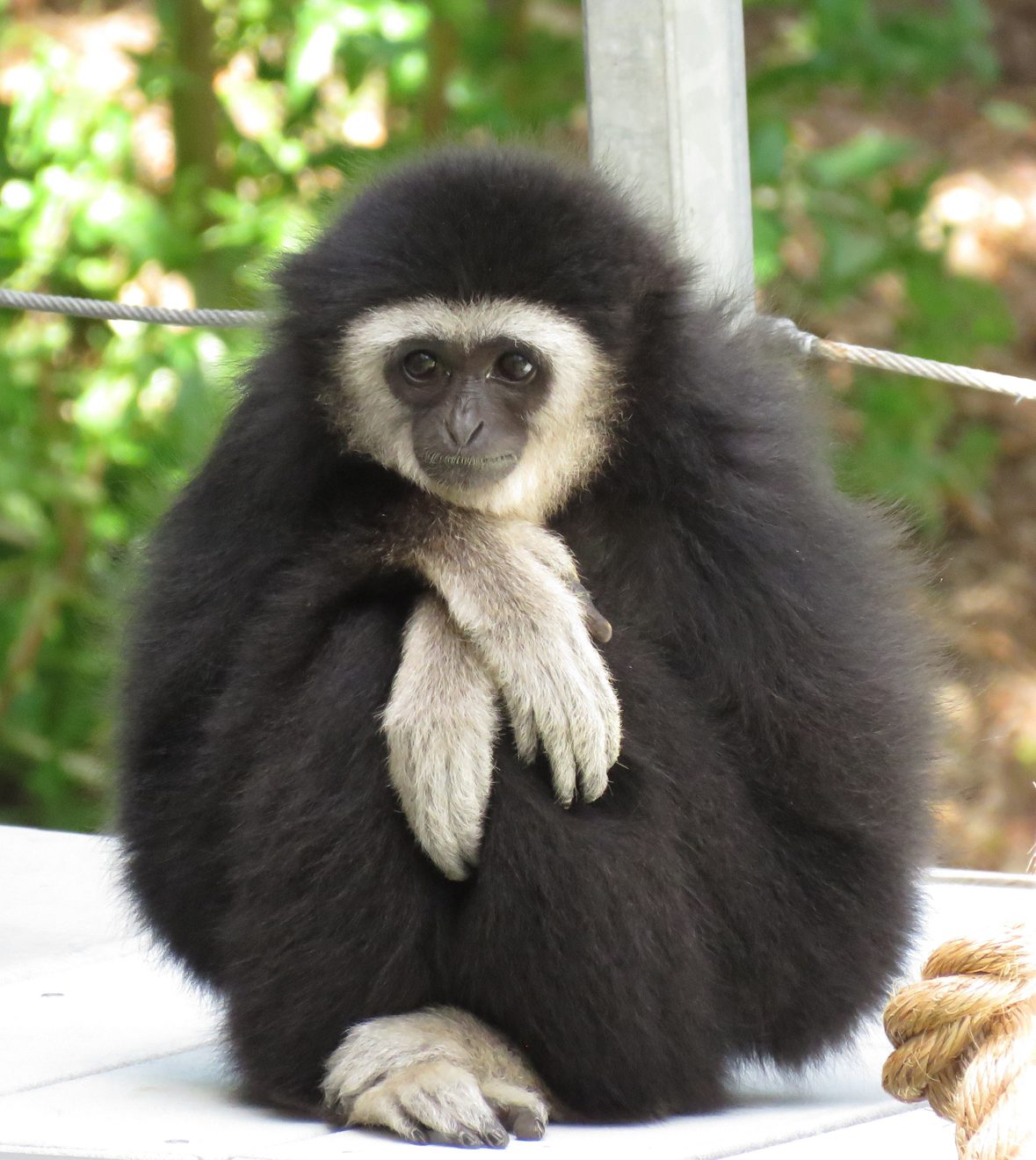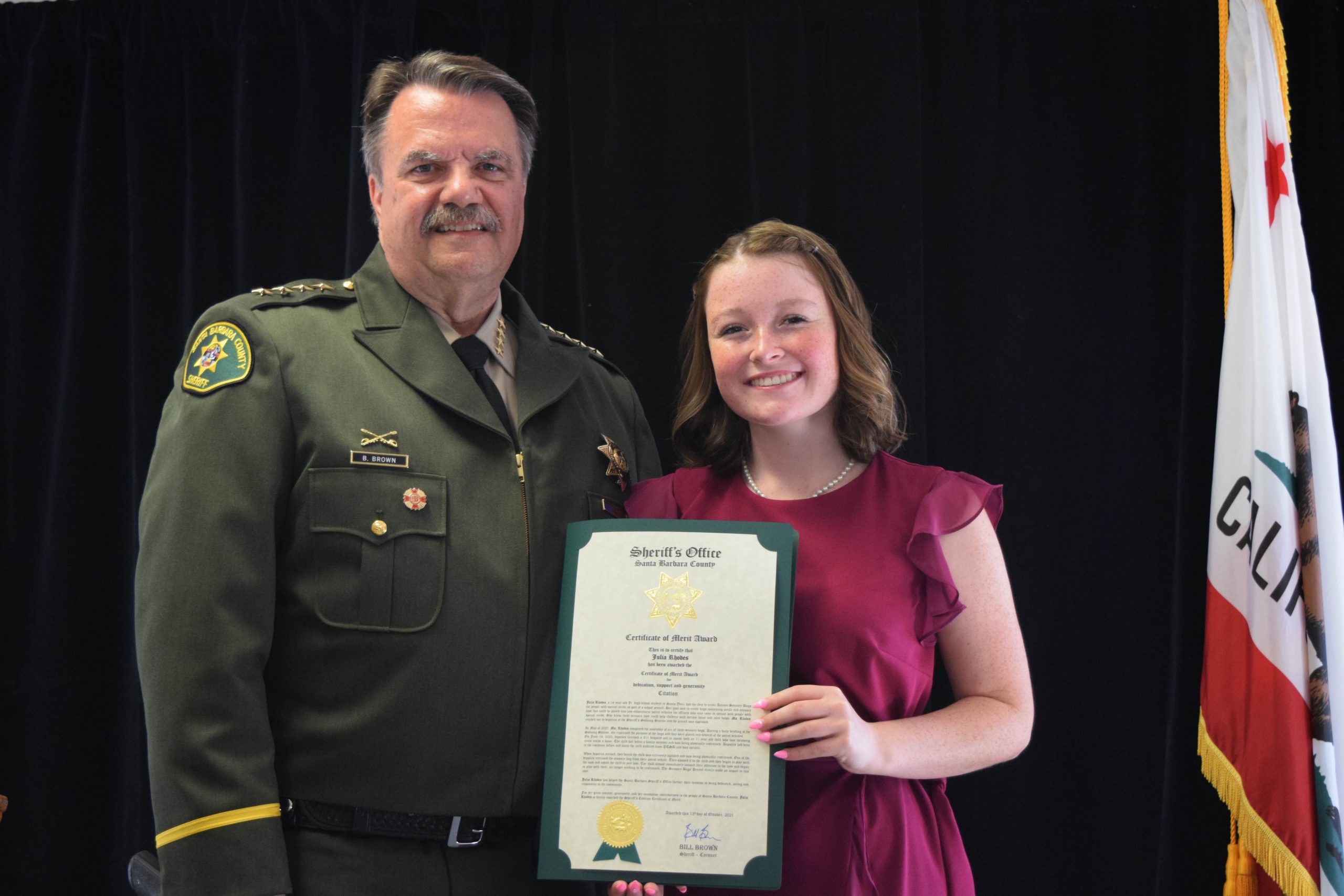By Julia McHugh
Santa Barbara Zoo
The Santa Barbara Zoo’s 5½-year-old white-handed gibbon, Jari (pronounced JAR-e), died unexpectedly around 10:45 a.m. on July 11.
“It appears that Jari’s head became tangled in a net that was in the exhibit for enrichment, and she was not breathing when her keeper got to her,” said Dr. Julie Barnes, vice president of animal care and health. “This happened shortly after Jari went out on exhibit this morning.
“I was on the scene within minutes of her being found by her keeper. We rushed Jari to the animal hospital and attempted to revive her, but we were unsuccessful.”
The net is a common enrichment device for primates who climb, like gibbons, and had been in the zoo’s exhibit for several months. Similar netting, called “cargo nets,” are also used in human play structures.
“We assess the potential safety risks of everything we put in our animals’ exhibits, but there was no way to anticipate this,” added Barnes. “It appears to have been a very unfortunate accident. We will investigate this tragedy and send reports to the U.S. Department of Agriculture, which oversees licensed exhibitors that hold animals, and to the Association of Zoos & Aquariums’ Accreditation Commission.”
Jari, who had dark fur, was born in November 2013, at the Jackson Zoo in Mississippi. Abandoned by her mother, she was hand-raised by keepers.
In October 2014, Jari went to live with an elderly female named Kimmy at the Henson Robison Zoo in Springfield, Illinois. After Kimmy passed away in January 2017, Jari was paired with the Santa Barbara Zoo’s elderly female, Jasmine, who lost her longtime mate in July 2016.
“The two got along immediately and Jari has been an absolute joy for both our staff and visitors,” added Barnes. “As you can imagine, her keepers and the entire zoo family are incredibly upset. She was an amazing young gibbon who was doing so well being fostered by Jasmine.”
White-handed gibbons stay with their mothers for five to six years, and depend on them to learn how to vocalize, groom, play, and be independent. Jari’s moves were recommended as part of a species survival plan of the Association of Zoos and Aquariums (AZA), which has an ape surrogacy program for youngsters like Jari who need a mother figure.
After reviewing the database of white-handed gibbons in AZA-accredited zoos, the program coordinator identified companions to help further Jari’s gibbon “education.”
“Jasmine, who is 41 years old, remains at the zoo, and we will be talking to the AZA in coming days about finding a suitable companion for her. But for now we are mourning Jari,” Barnes said.





